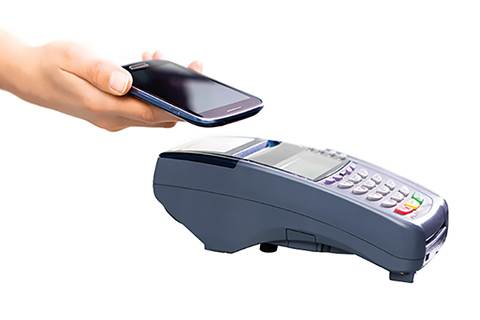When it feels easy to pay for something we tend to value it less, according to a new U of T Scarborough study – and this has important implications for consumers, who are making an increasing number of purchases by card and smartphone. “While going cashless is convenient, that convenience may come at a price,” says Avni Shah, a professor in U of T Scarborough’s department of management and at the Rotman School of Management.
In an experiment, Shah and colleagues at Duke University and the University of North Carolina-Chapel Hill looked at the consequences of paying with cards over cash by focusing on how attached consumers felt toward what they bought.
Researchers asked participants to buy a coffee mug normally priced at $6.95 for the discounted price of $2 with either cash or credit. Two hours after the purchase, they were asked to sell back their mugs at a price of their choosing. Despite the fact that it was the same mug owned for the same amount of time, those who paid cash wanted nearly $3 more than those who paid with a card. “Those who paid with cash also reported feeling more emotionally attached to their mug,” says Shah.
Why does paying with cash make you value something more than paying with a card? Shah calls this effect “pain of payment.”
“Something tangible like cash will feel more painful to part with than paying by cheque, which will feel more painful than paying by card and so on,” she says.
The phenomenon extends beyond cash and credit to include new forms of payment on smartphones such as Apple Pay. As North America moves toward a cashless economy, Shah says it’s important to understand the implications of these new payment systems for consumers. With easy credit and high consumer debt levels, mobile payment systems that further reduce consumers’ attachment to products could be a toxic combination, she notes.







No Responses to “ The Cost of “Painless” Payment ”
I felt this truth the year I got my first credit card in 1965. Yet, I have not paid a single dime in interest in my life.